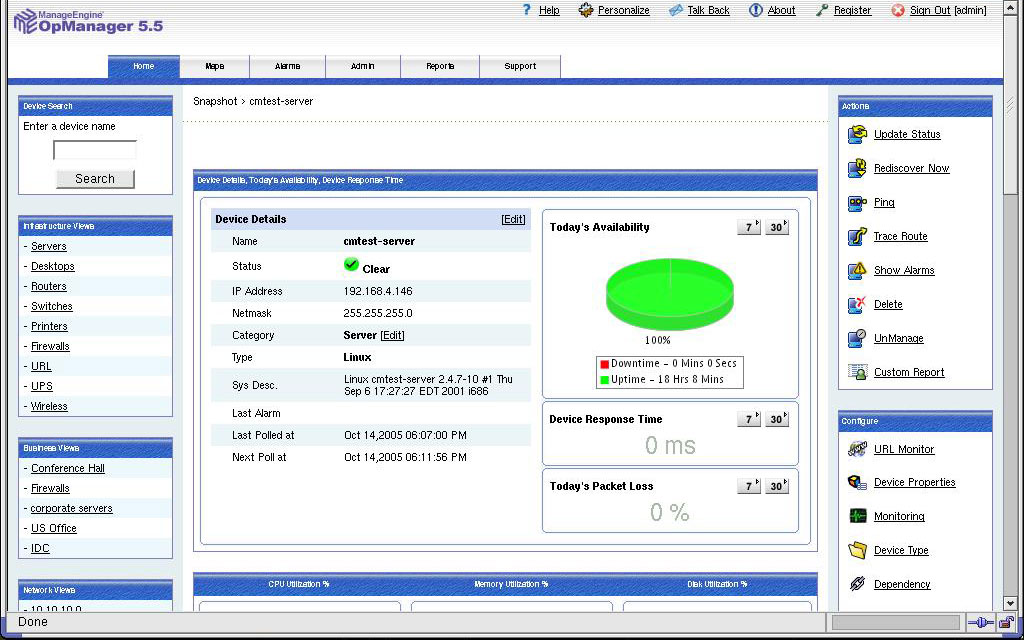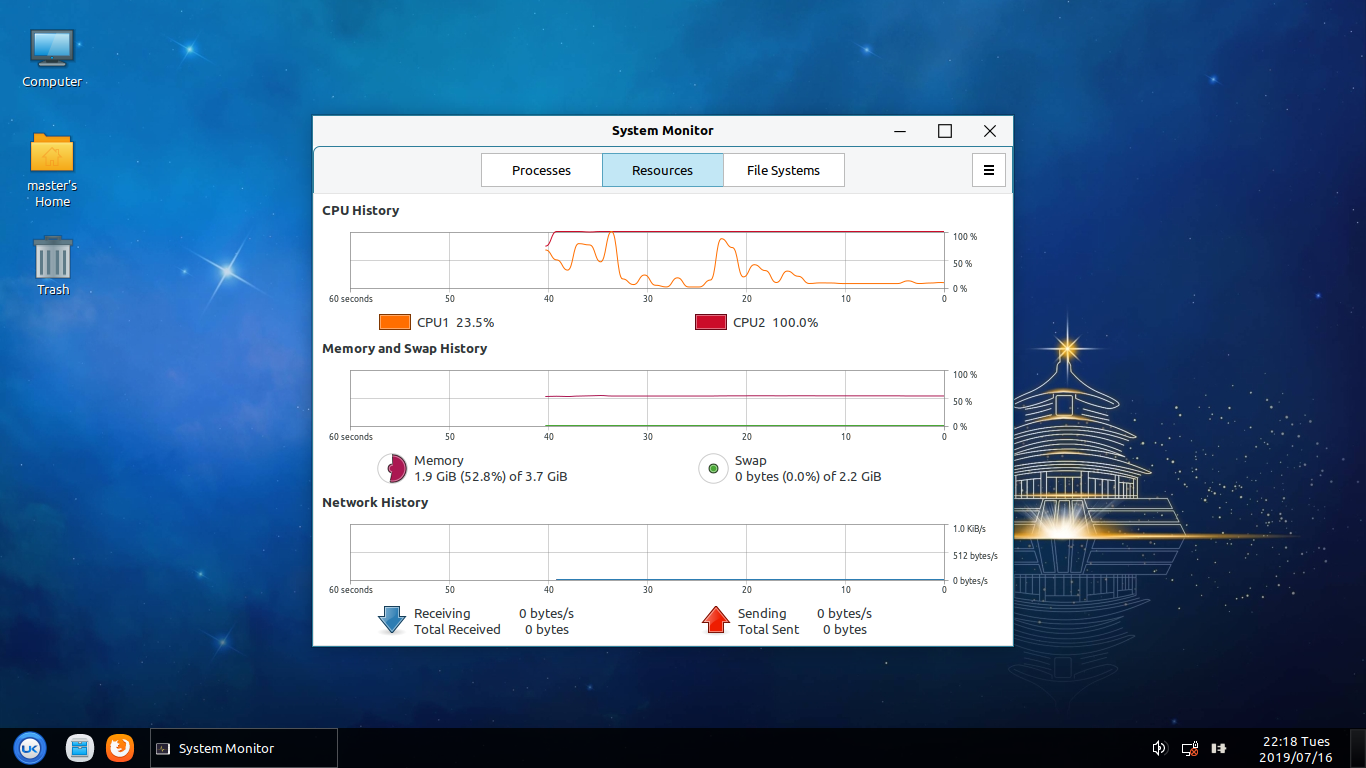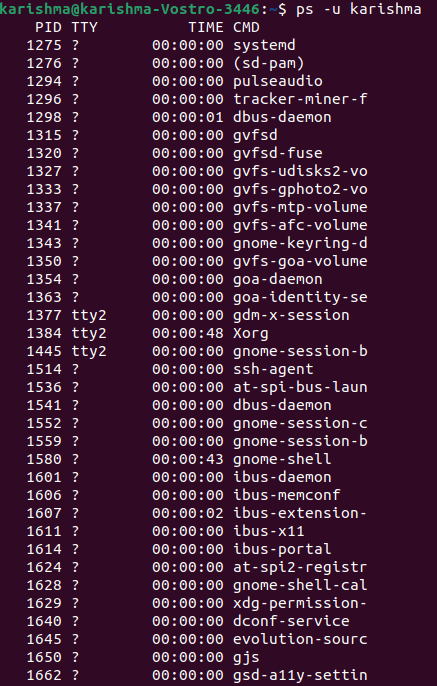

- #MATE SYSTEM MONITOR LINUX HOW TO#
- #MATE SYSTEM MONITOR LINUX INSTALL#
- #MATE SYSTEM MONITOR LINUX SOFTWARE#
- #MATE SYSTEM MONITOR LINUX DOWNLOAD#
It should come as no surprise that this tool is incredibly easy to use.
#MATE SYSTEM MONITOR LINUX HOW TO#
System-monitoring-center How to use System Monitoring Center
#MATE SYSTEM MONITOR LINUX SOFTWARE#
You can also start the software with the command: After that completes, you should find an entry for System Monitoring Center in your desktop menu.
#MATE SYSTEM MONITOR LINUX INSTALL#
The above command will install the dependencies for the software. After you are returned to your prompt, resolve the failed install with: The installation will error out, but the fix is very simple. Sudo dpkg -i system-monitoring-center*.deb Once you’ve downloaded that file, open a terminal window and change into the ~/Downloads directory (or wherever you saved it on your local storage).
#MATE SYSTEM MONITOR LINUX DOWNLOAD#
Head over to the System Monitoring Center GitHub release page and download the latest version of the. Of course, you can install this on either a desktop or a server, but the server will need to have a desktop environment installed. The only things you’ll need to make this work are a running instance of a Debian-based Linux distribution and a user with sudo privileges. Let’s install System Monitoring Center on Debian-based Pop!_OS and see what it can do. Once you start using System Monitoring Center, you’ll shrug off all similar tools. In a single GUI, System Monitoring Center you can not only get all of the monitoring information you need, but you can also actually interact with the tool (such as process management and user management). Simply put, System Monitoring Center is a GUI that pulls together real-time information on your systems for: Oracle Linux checklist: What to do after installation This Linux learning path will help you start using the OS like a proītop is a much-improved take on the Linux top command Open-source repository SourceHut to remove all cryptocurrency-related projects

However, after installing System Monitoring Center I was so impressed I realized I could happily leave behind the terminal for this task (at least on the desktop).īut what exactly is it? Open source: Must-read coverage Why? Because most of the time, when I want to check system performance, I opt for the terminal. I’m not normally impressed by system monitoring tools in GUI form. System Monitoring Center is one such tool. SEE: 40+ open source and Linux terms you need to know (TechRepublic Premium) But every so often a monitoring tool comes along that does something different or packages the monitoring of services and performance in such a way that makes you realize how important these tools are. That doesn’t mean, however, that every one of those monitors is worth your time. Toss a rock at a Linux desktop and you’ll probably hit a handful of monitors. $ sudo apt-get remove atril atril-common caja caja-common engrampa engrampa-common eom eom-common gir1.Linux has no shortage of monitoring tools. $ sudo add-apt-repository -r “deb trusty main” To remove Mate and all the installed packages, do: $ sudo apt-get install mate-core mate-desktop-environment mate-notification-daemon How to properly remove Mate 1.8 from your Ubuntu 14.04:

$ echo "deb trusty main" | sudo tee /etc/apt//mate-desktop.list How to install Mate 1.8 on your Ubuntu 14.04 system: In this article I will show you how to properly install or remove Mate 1.8, on Ubuntu 14.04 Trusty Tahr. The latest version available is Mate 1.8 (the default DE of Linux Mint 17 Mate), which uses Metacity as the default Window Manager, Caja as file manager, which recently got support for side-by-side tiling, and a new “Open parent location” option in the search view context menu, the logout dialog has received a progress bar, the screensaver now shows the date and time, the image viewer can shuffle images in slideshow mode, the sticky note applet has received an undo feature and a new command applet has been introduced. As you may know, Mate is a popular GNOME2 fork, used by default on Linux Mint systems, among others.


 0 kommentar(er)
0 kommentar(er)
